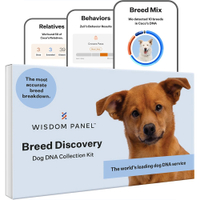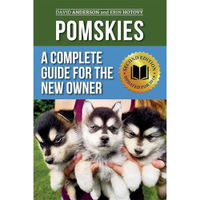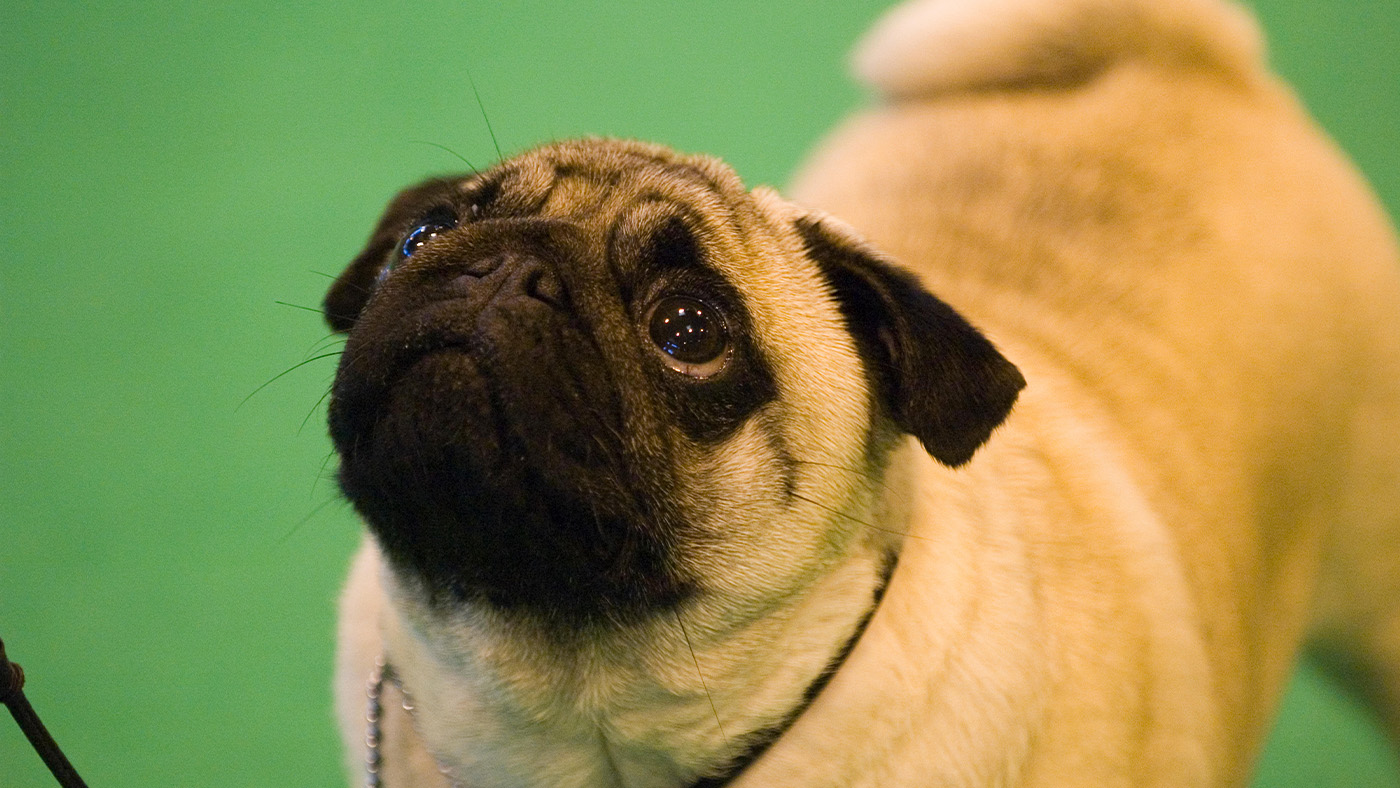Pomsky: This ‘designer crossbreed’ is mega-cute, but should you get one?
These outgoing and loyal pups look like little teddies but they do require a fair bit of work
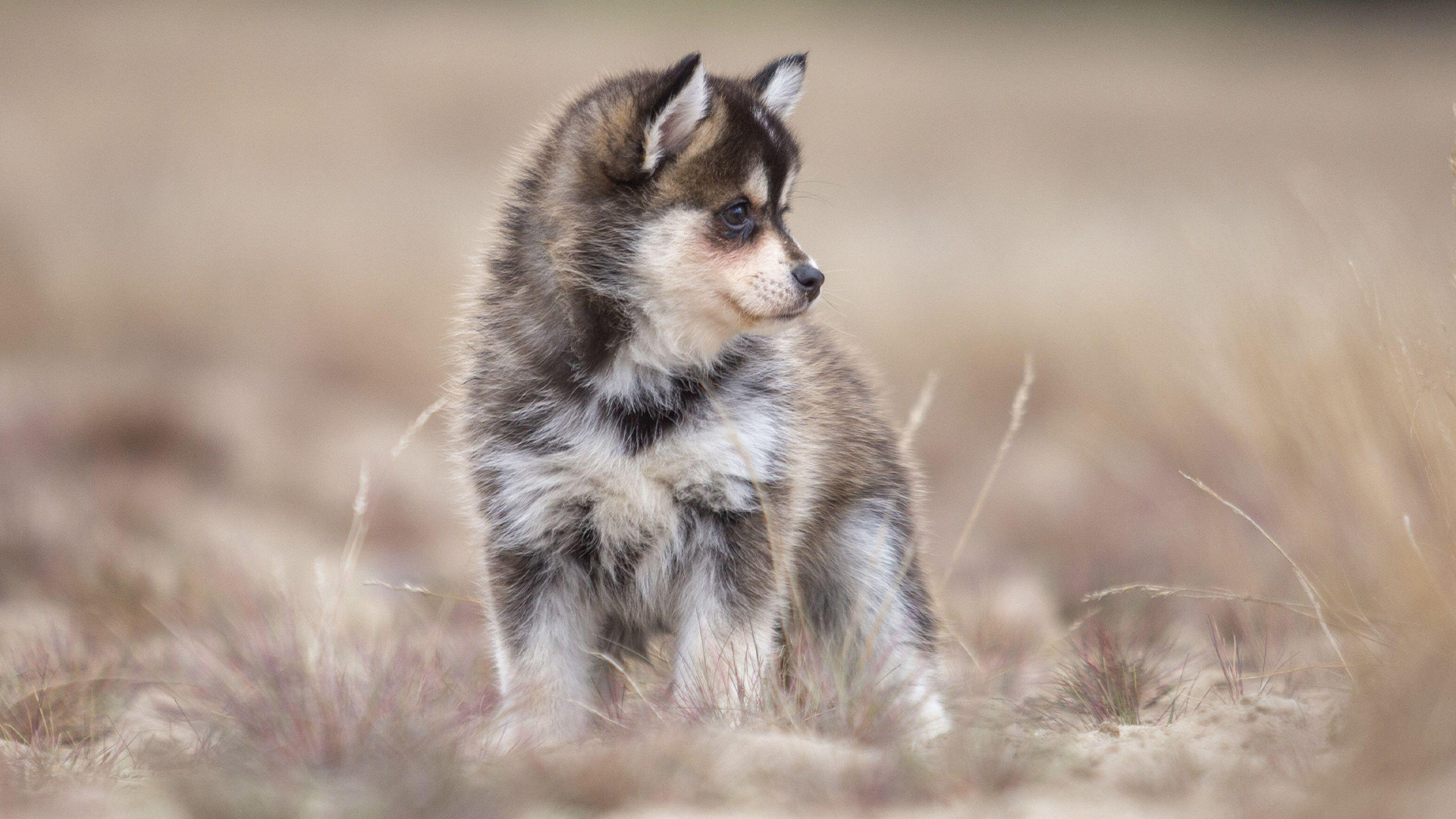
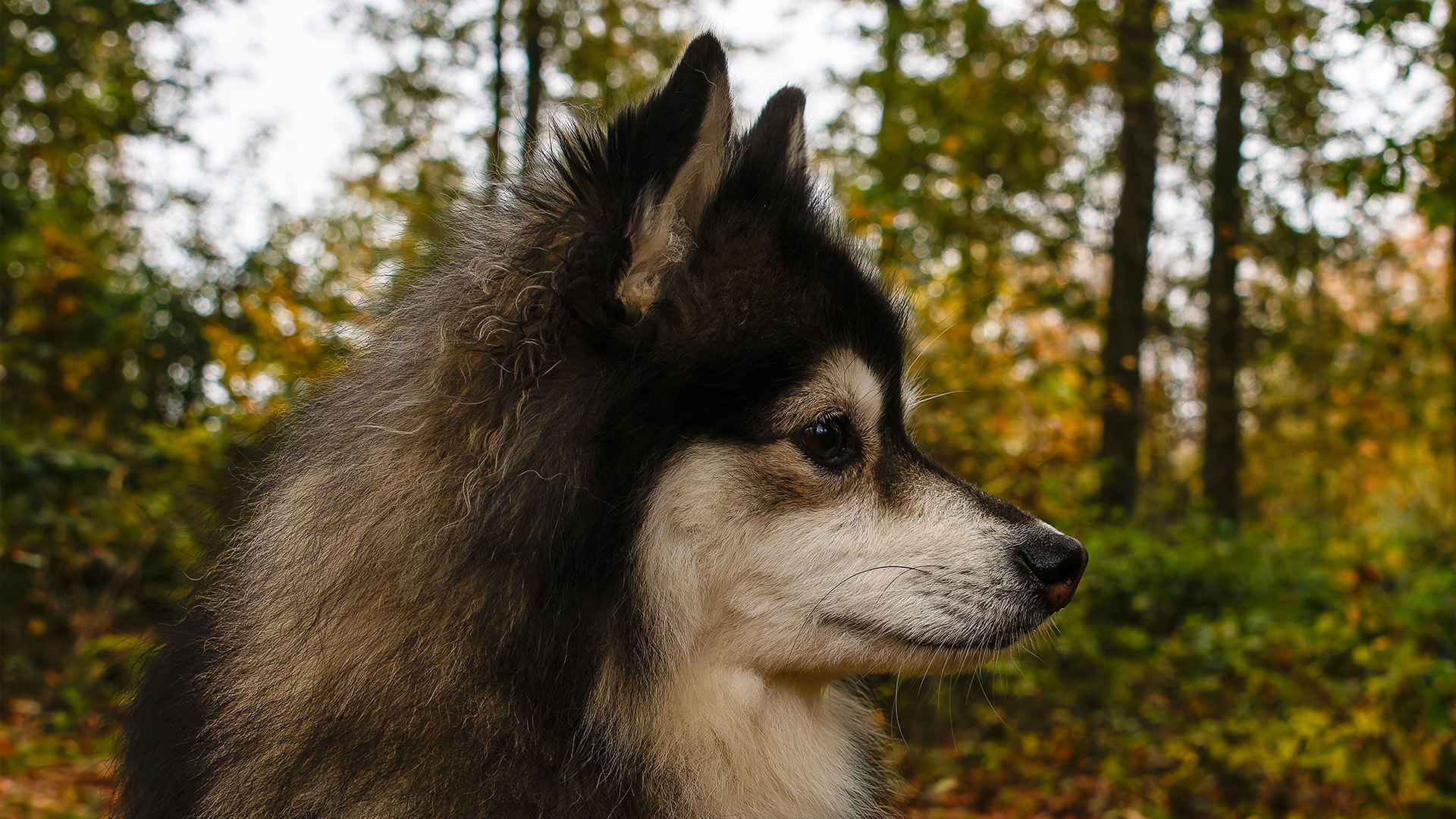
Life expectancy: 13-15 years
Size: 10-15-inches (male); 10-15 inches (female)
Coat: Standard, plush or woolly
Temperament: Intelligent, playful, stubborn, energetic
Exercise needs: Around an hour daily
Origin/native country: United States
Pomskies are a designer crossbreed – a hybrid of the Pomeranian and the Siberian Husky. Small in stature yet big on personality, they adopt traits from both sides of their lineage, which makes them active yet stubborn and funny yet a little tricky to train at times.
Plus, since they’re a crossbreed, you can never truly tell whether a Pomsky is going to be genetically closer to one purebred spitz type parent or the other.
To that end, we can offer only a rough guide to this breed although it’s fair to say that each individual doesn’t massively depart from the commonalities that bind the breed. So let’s take a closer look at Pomskies and whether or not they’ll be a suitable fit for your home. To aid you in that decision we also call upon expert vet Dr Hannah Godfrey.
Does a Pomsky need a lot of exercise?
Pomskies are very active and high-energy dogs.
“They have lots of energy so they need lots of exercise otherwise they can become bored, noisy, and boisterous in the house,” says Dr Hannah Godfrey.
This comes as no surprise given that part of their mix is the Siberian Husky – a breed which requires more than two hours a day. But that’s not to say you need to devote that amount of time to a Pomsky.
According to the American Pomsky Kennel Club, you can find that two 30 minute sessions, morning and evening, is more than enough if you’re engaging them with fun games, brain games and the best dog puzzle toys at regular intervals during the day.
PetsRadar Newsletter
Get the best advice, tips and top tech for your beloved Pets
Even so, this isn’t going to be a dog that suits an inactive owner. A Pomsky will be happier accompanying you on a hike, run or cycle. If you have a secure yard for this breed to play around in, that would be even better. The aim is to keep them mentally and physically stimulated as best you can.
Are Pomskies easy to train?
Although Pomskies are intelligent, they’re also stubborn and this means novice owners should beware – training a Pomsky is a challenge.
“Pomskies aren’t particularly easy to train, and the few I’ve met in person have been quite vocal and boisterous, probably because they find the vets a little bit stressful,” says Dr Godfrey.
“However, with positive reinforcement and patience, they can be trained, and you’ll have more success the younger you start.”
With that in mind, be calm and assertive, start as early as you possibly can and be sure to socialize this breed from a very young age.
You should have a good stash of the best puppy treats, ready to dish out for good behavior. It’s also a good idea to consider basic puppy classes, certainly at the first sign of trouble.
Do Pomskies make good family pets?
As with many dogs, much depends on how well trained and socialized they are. If the breed develops behavioral issues then you’re going to have many problems but if they’re as good as gold then you’re laughing – literally, given how goofy this breed can be.
One thing to watch out for is a Pomsky's tendency to favor one particular person in a household and they tend to rub along better with people who lavish them with attention and affection. If you have energetic children who love to play with dogs then a Pomsky is likely to be ideal, providing the kids are a little older.
“Pomskies can make good family dogs as they tend to get on well with children and they can be very affectionate,” affirms Dr Godfrey. “However, it’s really important to supervise any dog when they’re around children, and teach the children gentle handling and basic dog body language.”
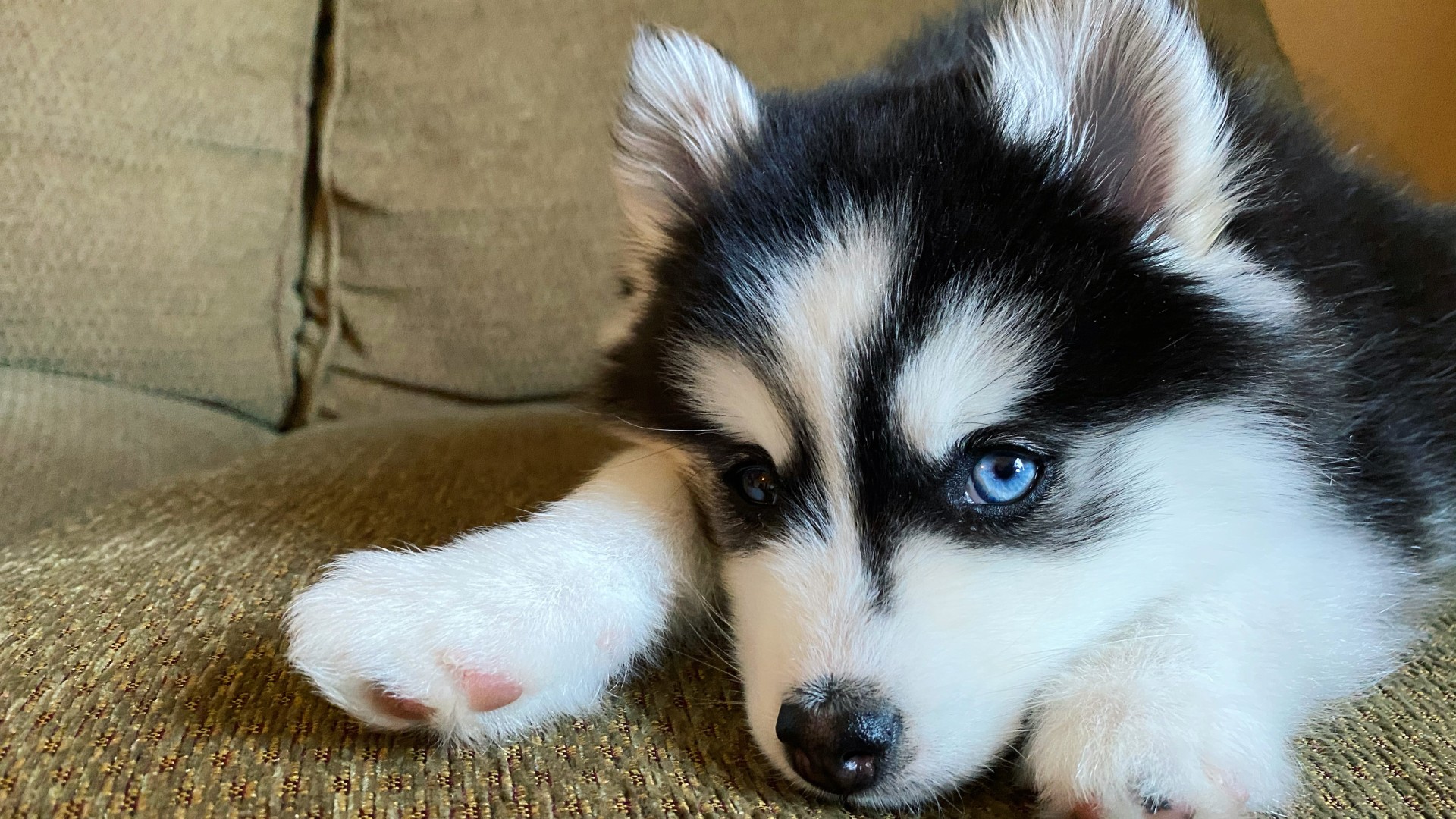
Do Pomskies need a lot of grooming?
Pomskies are beautiful dogs.
“I don’t see many Pomskies at my practice, but there are a few more around recently and they always have such lovely coats,” says Dr Godfrey.
Trouble is, these teddy bear dog breeds can be high-maintenance dogs, so you need to be prepared to spend a fair bit of time grooming them while also trying to keep your home tidy.
“With such a fluffy coat comes lots of shedding, and Pomskies have a major shed twice a year,” Dr Godfrey says. “They need lots of brushing to remove dead hair and prevent knots and tangles.”
To that end, you’ll need to invest in one of the best dog brushes if you’re ever going to get on top of the issue and you need to get to work on the coat daily. You should also bath a Pomsky monthly and enlist the help of a local groomer when the shedding intensifies.
Other than that, it’s a matter of checking their eyes and ears and paying attention to their nails.
Wisdom Panel Breed Discovery DNA Kit | Amazon
Not sure exactly what breed your dog is? This kit screens for 365+ breeds – because knowing every detail about your dog helps you understand how best to care for them.
Common health problems in Pomskies
Although generally healthy, Pomkskies do have some common health problems.
“Like many small dog breeds, Pomskies can be affected by luxating patellae, where the kneecaps are loose and mobile, sliding easily side-to-side and causing skipping, hopping, or limping,” says Dr Godfrey.
“Due to their Husky heritage, they can also develop hip dysplasia, so it’s important to keep an eye on their mobility as they grow.”
Should I get a Pomsky dog?
There is no doubt that Pomskies are mega-cute and, when you set eyes on one, you just want to give them a big cuddle. But does that mean you should get one? Well steer clear if you’re house proud and don’t fancy having to constantly groom and clear away hair or if you’re relatively inactive and don’t want to spend loads of time exercising a breed.
But if you want an affectionate, intelligent dog that looks very much like a Siberian Husky and can quickly pick up commands (despite being stubborn), then be sure to consider a Pomsky.
Likewise, if this breed on your list because you’re a highly active person with a lot of time on your hands, you’ll enjoy every second in their company.
Pomskies: A Complete Guide For The New Owner | Amazon
These dogs are a fairly recent crossbreed, so it can be hard to find information about them, but by the time you finish this book, you’ll know the basics for raising a Pomsky of your own!
Want to learn more about the origins of the Pomsky? Here are our favorite Pomeranian facts and reasons to love Siberian Huskies

Dr Hannah Godfrey is a small animal vet who graduated from the Royal Veterinary College in 2011 and began work straight away at a busy mixed practice. Initially, she treated all species, but focussed on small animals from 2014. She has a passion for soft tissue surgery, ultrasound, and canine and feline dentistry, having completed additional training in these areas.
Edited by Georgia Guerin.
Recent updates
This feature was last updated on April 1, 2025.

David Crookes has been a journalist for almost 30 years and he has written for a host of magazines, newspapers, websites and books including the World of Animals Annual, BBC Earth, Live Science, The Independent and Tom’s Guide.
Born in England, he lives with two cats but he’s also keenly interested in the differences between the huge number of dog breeds – in fact, you can read many of his breed guides that he’s written in collaboration with vets here on PetsRadar.
With a lifelong passion for technology, too, he’s always on the lookout for useful devices that will allow people to keep their pets happier and healthier, and provide them more time to spend together.
David has a degree from Durham University, as well as postgraduate diploma in journalism from the University of Central Lancashire.
